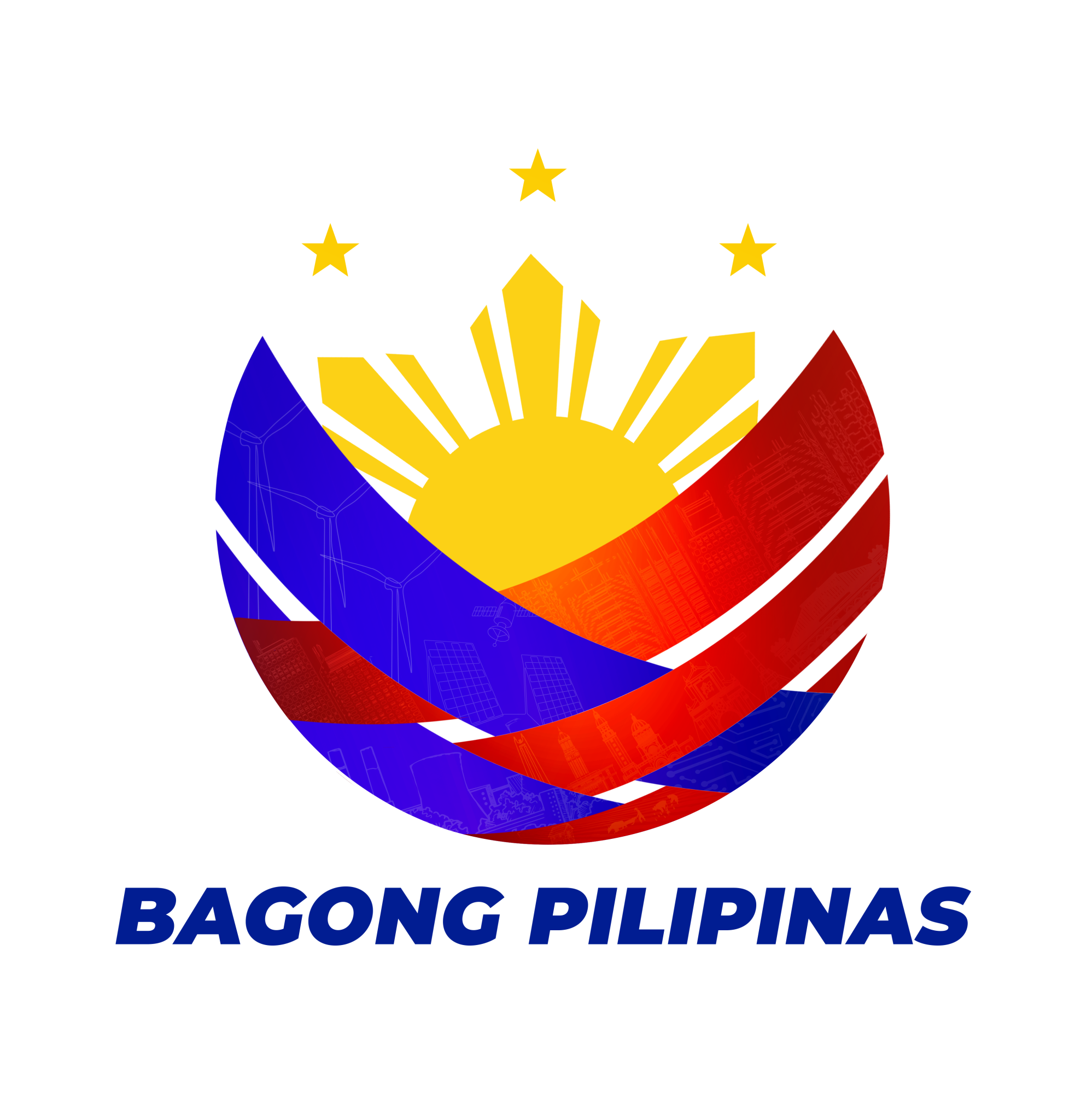
16 June 2015 - The Philippine Embassy in Mexico, led by Ambassador Catalino R. Dilem, Jr., joined over 80 countries in the 7th Feria de las Culturas Amigas, an annual cultural fair held over two weeks in the historic center of Mexico City.
From May 14 to 27, the Philippine Embassy managed a booth alongside several other countries in Mexico City’s Zocalo or main plaza, one of the largest city squares in the world. This event attracted thousands of visitors to booths from over 80 countries in order to see traditional handicrafts and sample native delicacies.
Visitors to the Philippine booth had the chance to taste native desserts and dishes such as lumpia, pancit, turron, and puto as they admired traditional Filipino clothing, handicrafts, house ware, and jewelry.
The Mexican guests who stopped by the booth were greeted by staff and family members from the Philippine Embassy, who were always on hand to answer questions about the Philippines, its trade and tourism, and the country’s close cultural kinship with Mexico.
In particular, visitors were greatly impressed by the intricate embroidery of barong tagalog examples on display, and were similarly captivated by pictures showing the various attractions of Philippine tourism, such as the white sands of Boracay, the Underground River of Palawan, and the baroque church of Paoay.
On May 20, Embassy personnel, along with their families and members of the Filipino community in Mexico, presented a 30-minute showcase of modern and traditional Filipino cultural performances. These included a recreation of the Masskara Festival of Bacolod as well as the binasuan folk dance of Pampanga, choreographed by Filipino community member Ms. Opalyn Ceron de la Cruz.
In between the dances, Consular Attaché Fernando Carillo delivered a rendition of “Dahil Sa Iyo”, and Vice Consul Mikhal de Dios and Mr. Carillo demonstrated the Philippine national martial art, arnis de mano. The presentation culminated in a fashion show of traditional Filipiniana, with displays of the barong tagalog, terno, traje de mestiza, Maria Clara, and other traditional dress. END

